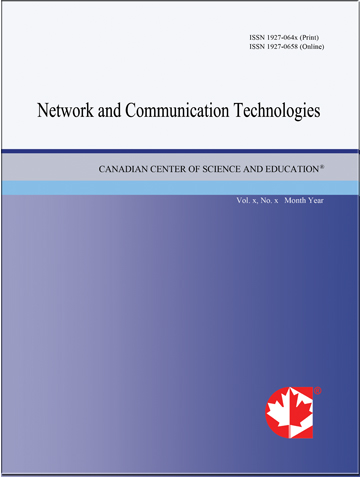Power Management of Base Transceiver Stations for Mobile Networks
- Giuseppe Iazeolla
Abstract
A Base Transceiver Station (BTS) is a piece of equipment consisting of telecommunication devices and the air interface of the mobile network. It is referred to as the BS in 3G networks, the eNB in the LTE standard, and the GNodeB for the 5G. Any wireless service provider operates a country-wide System of BTS. The System is the part of the wireless network responsible for the reception and transmission of radio signals from user equipments (UE), like mobile phones and computers with wireless internet wireless connectivity. All BTSs need to be electrically powered and system management may investigate methods to reduce power consumption. However, saving power may turn into a waste of performance (increased response time), in other words, into a waste of the BTS quality of service (QoS) This paper aim is to discuss the power management of BTS stations for the best compromise between energy-saving and response to incoming calls. The BTS management strategies that optimize the BTS power consumption (minimum absorbed Watt), the BTS performance (minimum response_time to incoming calls), and the BTS performance x Watt (minimum response_time x Watt) are identified. To compensate for the difficulties of using analytical approaches the paper uses simulation to evaluate the strategies.
- Full Text:
 PDF
PDF
- DOI:10.5539/nct.v7n1p12
Journal Metrics
(The data was calculated based on Google Scholar Citations)
1. Google-based Impact Factor (2021): 0.35
2. h-index (December 2021): 11
3. i10-index (December 2021): 11
4. h5-index (December 2021): N/A
5. h5-median (December 2021): N/A
Index
Contact
- Bruce LeeEditorial Assistant
- nct@ccsenet.org
